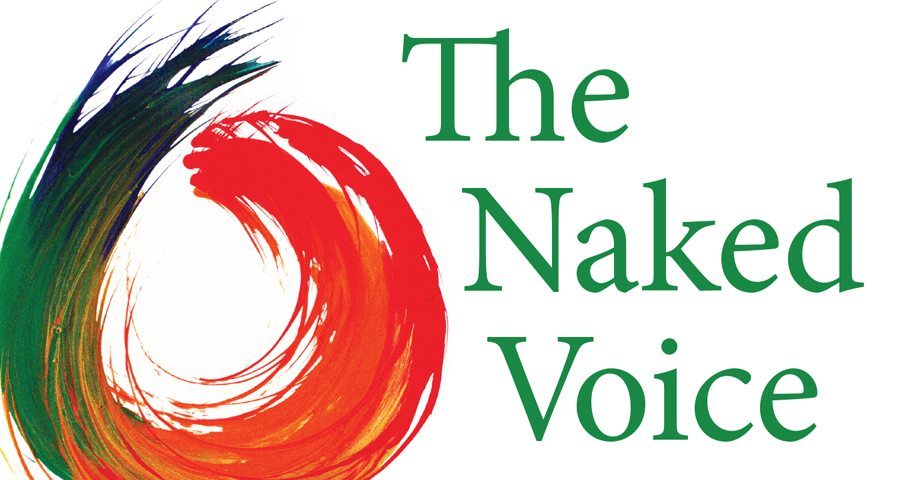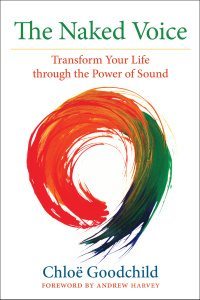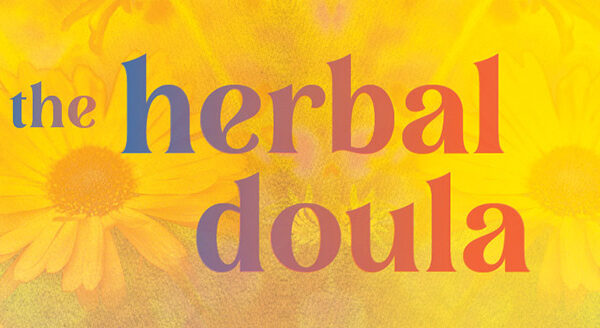
“Vocal Self-Portrait” from The Naked Voice
Categories: Excerpt Literature & the Arts Psychology & Personal Growth
by Chloë Goodchild
In honor of Self Discovery Month this month, we’re sharing a great section from Chloë Goodchild’s The Naked Voice, a book full of exercises and insight into the spiritual nature of expressing ourselves vocally.
Thinking and writing about the story of your voice is an invaluable tool for better understanding yourself and your own story. We hope you’ll take some time to give it a try!
Vocal Self-Portrait
Your relationship with your own inner-outer voice is one of the most intimate you will ever have. As your witness and sound-awareness skills strengthen, you will discover how to listen to your voice with deepening acceptance and respect. In this chapter I invite you to begin unraveling the story of your very own voice more deeply with an exercise called “Vocal Self-Portrait.”
Although I have worked with thousands of individuals, I have never heard the same vocal story or vocal self-portrait twice. Every human being is born with a unique sound. And that song carries a unique vibration encoded within your body from conception. This sound is available to you like a guiding star, whenever you choose to listen and tune in. This unique voice gives you an essential understanding of who you are, as well as how and why your life is unfolding the way it is.
As soon as you slide down the birth canal and out into this world, your natural voice bursts out. From thereon begins a long winding road of learning how to best express your truth and to be truly heard. The stability of the environment into which you were born, your waking and sleeping patterns, your opportunity to suck breast milk, to be nurtured and loved in the early days of this unpredictable and vulnerable shift from womb into life on Earth—all these events and more impact your voice and freedom to express yourself. As you explore your environment, the sound of your voice is constantly on call, issuing a range of emotional demands from alarm to deep satisfaction, shock to sweet utterance, laughter and tears, to whispers of tenderness and delight. As your limbs discover themselves, your primal sounds reach out nonverbally, stretching your tiny lungs with a startling array of vowel sounds spiraling around—“aaaah,” “uuuu,” “mumum,” and “dadada”—one sound waving into the next. Your awkward and miraculous arrival into this new unknown world gradually lets go.
According to the melody and vibration of your song, you will start communicating with the world around you, with shifts reflecting what you experience: the quality of attention, creative support, and loving presence received, or perhaps indifference, neglect, abandonment, or abuse. There is no knowing how the song of your soul will be enhanced or inhibited by your early childhood years.
From the hundreds of vocal self-portraits I have been privileged to read and process, it has been evident that the apparently negative conditions of early childhood did actually provide, for some, the essential grist and resistance required to inspire their unswerving drive to stay true to their authentic voice, or to access it once again in later years. For others, it was the positive nurturing environment and the prosperous conditions that provided exactly the appropriate setting to flourish and harness the expression of their true voice once more.
This practice offers you an opportunity to build a balanced life, a healthy conscience, and the creative will to inspire an authentic presence on Earth. Its revelations may well motivate you to deepen your self-inquiry through the voice and written word.
Vocal Self-Portrait Practice: Reflection
Note: This reflective writing practice will require at least an hour of your time to really benefit from it. Its aim is to deepen your adventurous intention to explore and bond with the original sound that is your true voice.
When you look back to your childhood years, how did you most easily communicate, both with yourself and with others? Were you more at home alone, in communion with your inner voice of silence, or was it through your speaking voice that your true authority emerged? What part did singing play throughout your life in revealing your essence to others?
Imagine writing a vocal self-portrait that describes your relationship, from the inside out, with your voice as you experienced it in all its forms, e.g. hidden, reserved, vulnerable, dull, frightened, alienated, empowering, true, passionate, charismatic, overwhelming, transformative. As you journeyed from childhood into adolescence and adulthood, what enabled you to communicate yourself most authentically, in your raw naked truth, without censorship or self-consciousness? Which situations made your blood run cold, causing you to retreat into yourself?
This reflection encourages you to turn over every stone of your life: significant others, parents, siblings, elders, friends, strangers, animals, ceremonial events, accidental disasters, initiations, achievements, obstacles, and challenges. Were there passive voices of contempt and disempowerment, imagined voices, neglected voices left behind, unfulfilled dreams, voices of self-protection and denial, as well as wise voices, courageous and fulfilling, that instilled hope and possibility?
You are now invited to write your vocal self-portrait, the story of your voice—silent, spoken, and sung—in no more than four pages. The aim of this vocal exercise is to build a clear, courageous, and openhearted relationship with your life and with the voice that has brought you to this moment. The practice will enable you to let go and forgive old stories and to build the courage and honesty to restore honor where required to your family and your community. The practice invites you to remember the true voice of your soul, your naked voice, the authentic voice of your life.
Vocal Self-Portrait: Preparation
Be sure to approach this practice with the same nonjudging mind and loving presence you have developed thus far through a direct experience of your witness consciousness.
You will need a pen, some paper, and a quiet space and time to relax into this process with no distractions.
Choose any of these approaches to kick off your writing process:
- Brainstorm: Hand-write in an uncensored stream of words, using word association to trigger the significant moments in life and activate your historical imagination.
- Recording: Start remembering your vocal journey by speaking your story into a recorder so as to catalyze your memory.
- Body movement: Start by moving, letting your body remember and express the highs and lows, weaknesses and strengths, from birth to present day.
- Singing: Begin by improvising and sparking your memory of the highs and lows, along with specific memories of how your voice blossomed, contracted, and evolved throughout your life.
- A combination of 1–4: You may want to integrate some or all of the above approaches to access and arouse the story of your voice.
Vocal Self-Portrait: Completion
Once you have brainstormed, made notes, and recorded the story in as much detail as you can remember, set aside a relaxing space and time to sit down and write your unique vocal self-portrait.
Excerpted from The Naked Voice by Chloë Goodchild. (c) 2015, North Atlantic Books.
Tags: Chloë Goodchild Performance Arts




